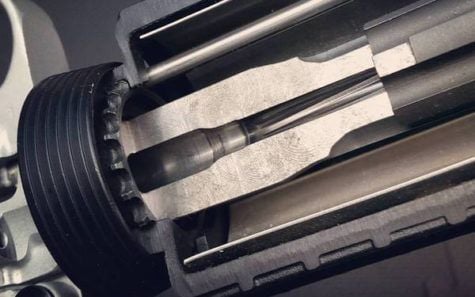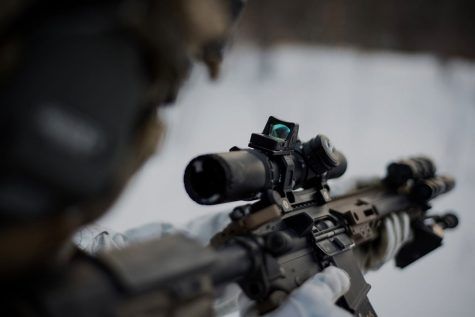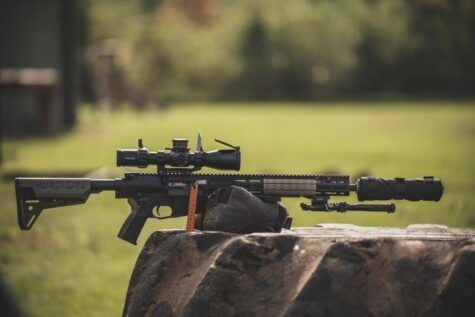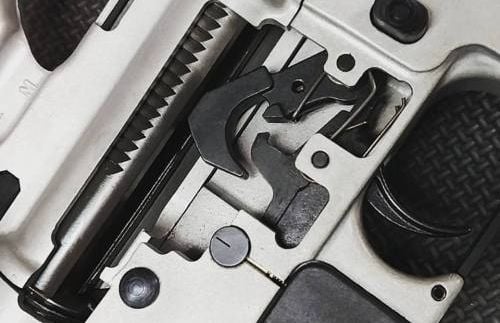
Anti-rotation trigger pins are something we see on a lot of AR builds, but are they really necessary? More than that, can they be causing more harm than good in certain cases?
To learn more about anti-rotation trigger pins and for some basic advice on AR-15 triggers, we reached out to Chad Albrecht at School of the American Rifle. In addition to this article, please be aware that Chad has blogged about this topic on his website. You can find that post here.
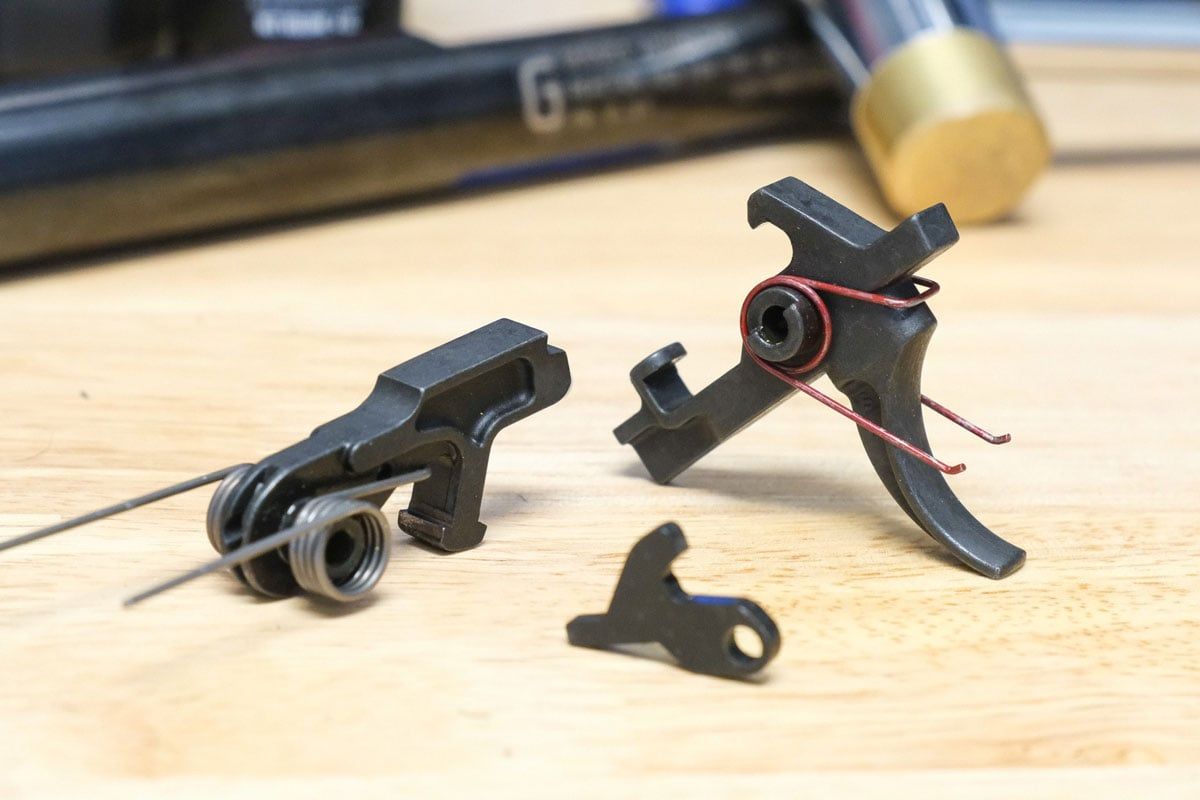
As always, to learn more about Chad and his School of the American rifle, please be sure to check out our first feature interview with him…or other, more recent articles which you can find below:
- Master Build Class Overview & Upgrading AR Springs
- Common AR-15 Myths – School of the American Rifle
- AR-15 Gas System Issues – School of the American Rifle
- Headspace Gauge & the AR – School of the American Rifle
- AR-15 Feed Ramp Problems – School of the American Rifle
Q: Chad, we get a lot of questions about AR-15 trigger installation, and almost as many about anti-rotation trigger pins. Let’s start with the basics…Can you walk our readers through what they need to consider when installing a trigger properly?
Chad Albrecht – School of the American Rifle – To start with the basics and keep things simple, if readers do not have the money or the time to do the things that I do, I try to explain to people that the most important part about AR-15 trigger installation, or an AR fire control group installation is making sure the parts interface correctly.
Q: What does “parts interfacing correctly” mean exactly?
Chad Albrecht – School of the American Rifle – What that means is that the hammer and trigger and disconnect should float on the hammer and trigger pin. If you were to put those parts together outside of the gun, the trigger should not be binding on the trigger pin. The disconnect should not be binding on the trigger pin. The hammer, besides for where the J-spring interacts with it, should not be binding up on the hammer pin.
Then, of course, the springs on the hammer have to interface with the trigger pin…there’s little grooves cut into it. If the spring is of the wrong dimensions or if the grooves are not cut right, the hammer spring will not engage those pins properly, and the pins will “walk.”
Q: Dealing with pins that walk…that opens a big can of worms from your perspective, does it not?
Chad Albrecht – School of the American Rifle – It does. People discover that their pins are walking, and it leads them to want to get an accessory, like anti-walk or anti-rotation pins. What they’re actually doing is they are essentially creating fixes for things that are actually very simple to put together properly, provided you are looking for the right things…
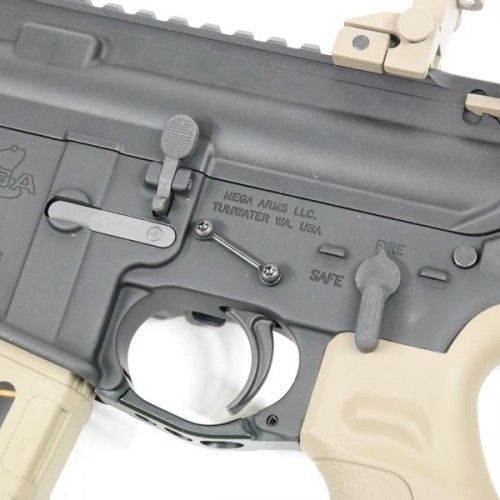
Q: I know from following you that you are not a fan of anti-rotation trigger pins. Can you explain why that is?
Chad Albrecht – School of the American Rifle – There are some fire control packs, like some of the drop-in or cassette designs, that require those types of pins. Because they don’t have a retention system to hold pins in place, they have to resort to those type of pins.
However, if you are dealing with a factory style fire control group that uses standard pins with the groves in them, when the trigger is pulled, the trigger pin does not rotate much, however you can see it. The hammer pin, because of how it interacts with the J-spring, does a small one quarter-rotation every time you fire the weapon. When it resets, it goes about a quarter rotation in the opposite direction depending on how much it grabs onto the pin.
So, if you install anti-rotation trigger pins, what you are doing is altering something that was designed to float and maintain a certain speed for the hammer, which you have now fixed into position.
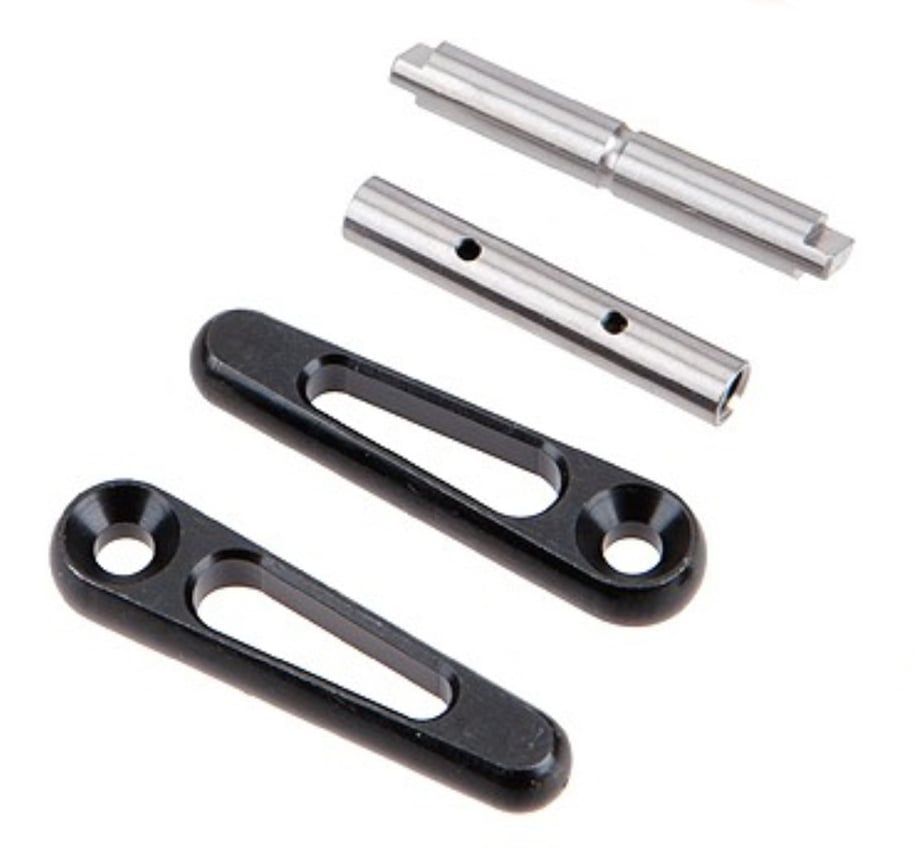
Q: So, let’s say you have anti-rotation trigger pins installed…What is the issue with having it fixed?
Chad Albrecht – School of the American Rifle – The issue is if there is not proper, sufficient lubrication on that pin that is now fixed in place, you are slowing down the ability of the hammer to move at the proper speed.

Q: For those that might be new to this, can you explain what sort of issues you encounter when the hammer does not move at the proper speed?
Chad Albrecht – School of the American Rifle – You can run into light strikes. You can run into consistency issues. The ability for the primer to ignite consistently is controlled by it. That’s what controls the lock time on the AR…it’s the speed of the hammer.
If you do anything to impede the speed of the hammer, you’re not only reducing the reliability of it igniting that primer, you’re reducing the amount of speed that can hit that primer. Speed is what makes that primer ignite consistently, which creates a consistent burn, which means more consistency in the cartridge as it does its thing, sending that round down the barrel.
Anything that you do to lock those pins in place can lead to inconsistency when it comes to lock time with the fire control group, or it can cause the trigger not to reset…
Also, a lot of the aftermarket anti-walk, anti-rotation kits are made of stainless steel, and stainless steel is softer than most of the carbon steel pins that are on the market. So, they are more likely to gall. So, as the weapon is being used, the parts can be chewed up, and then those burrs can raise up and cause more consistency issues.
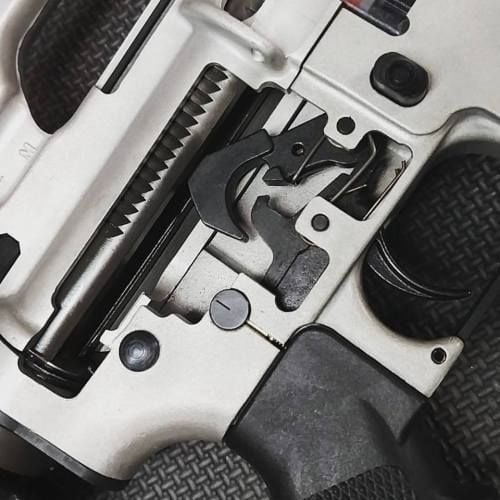
In summary, it comes down to the amount of wear that is imparted onto those anti-rotation trigger pins, whether or not you lube properly, and whether or not parts are able to maintain the proper function once you put those kinds of pins in. Those are the main reasons I am not a fan.
Now, there are some companies who make them nitrided so they are harder and you don’t run into the galling issues, but if you don’t make sure the fire control group floats, even on the anti-rotation trigger pins, then you can still run into issues.
There are companies like Geissele who don’t recommend them. Some of that comes down to a tolerance issue. Some of the anti-rotation trigger pins are made in a different dimension. That makes them not completely compatible with some of the Geissele models…
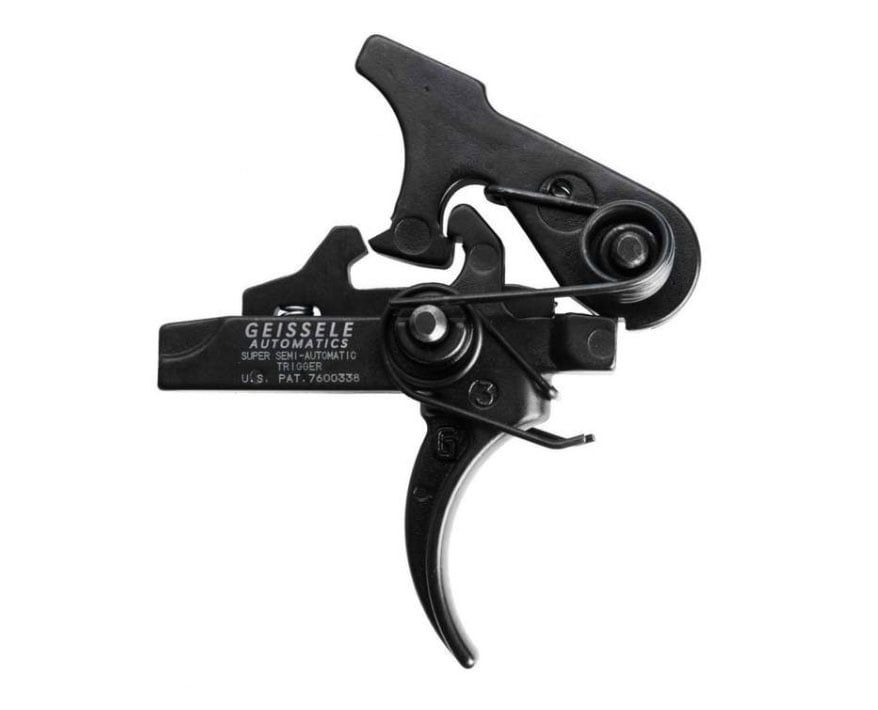
Q: Before we wrap up, are there other things with triggers we should be looking at?
Chad Albrecht – School of the American Rifle – You have to make sure that it fits into the lower properly. Another issue I run into is with aftermarket triggers that have set-screw adjustments on them. It’s possible, depending on the lubrication or the solvents that you use to clean your weapon…those set screws in place can work loose.
What I try to relay to people is that if you are building a match gun, or a gun for a situation where your life is NOT on the line, it’s probably not a big deal that you have something in there that can work loose and malfunction, as long as you maintain muzzle safety.
But if you’re in a law enforcement capacity, you really don’t want something riding around in a police cruiser that’s getting bumped around, that possibly could loosen up.

Then, when that officer goes to deploy that weapon, it does not function. Or, it functions when they don’t want to. It goes off when they drop the selector.
That does not mean they are “bad”
It really comes down to purpose on where I steer people as far as triggers. That said, there are a lot of aftermarket triggers on the market that I call “junk.” It’s because I don’t trust them. I don’t like to endorse, but I still push people in certain directions if they are asking me, and giving me specific details on what they want the gun to do. I will also steer people away from certain products based on my experiences with them.
That does not mean they are “bad,” it just means that they are probably bad for a certain role. That makes some people mad, as some people become loyal to certain brands and certain things that they’ve purchased. I try to stress to them that I am not attacking the user that buys those things, I’m just trying to give them the best experience based on the knowledge that I have.
Also, just because a trigger from a certain company is fantastic today, does not mean that tomorrow it is going to maintain that same quality…Things are always changing, and things that I say about what works great today is not gospel, because that could certainly change tomorrow.
###

